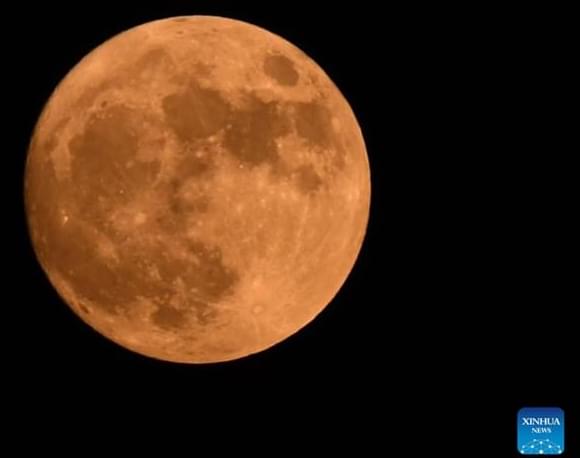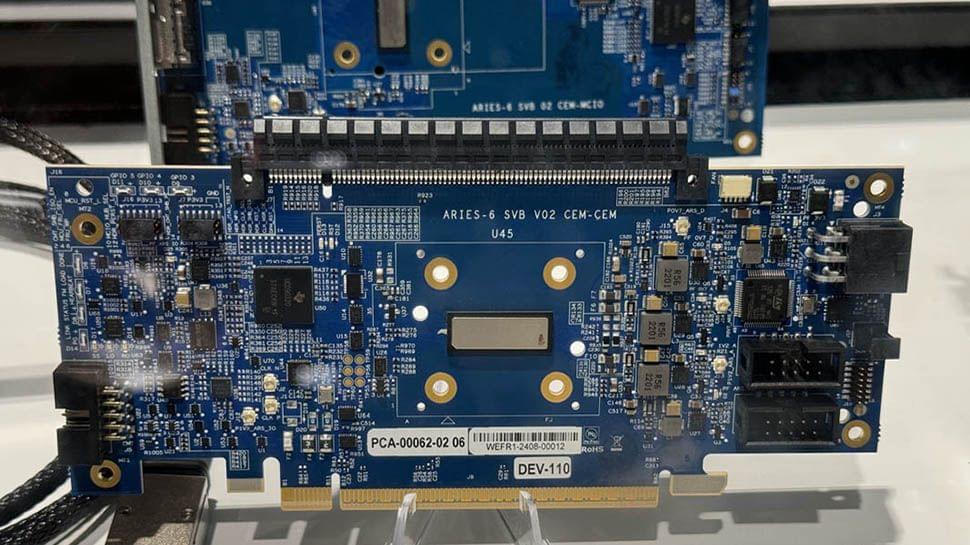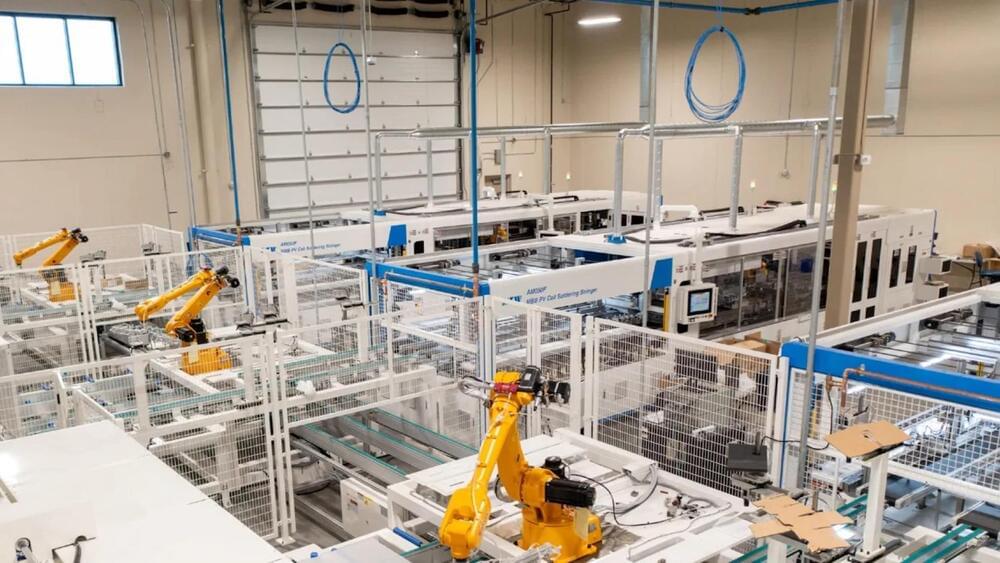
China released the world’s first set of high-precision geological maps of the moon drawn by China’s scientific research team on Sunday, mainly based on scientific exploration data from the Chang’e Project.
The highest precision geological atlas of the whole moon, with a scale of 1:2.5 million, can visualize the craters on the lunar surface, rocks and minerals found on the satellite of the Earth, and what kind of geological activity the moon has experienced.
As the internationally used geological maps of the moon obtained by the Apollo program of the US cannot reflect the latest research results of mankind in recent decades, they are no longer able to meet the needs of future scientific research and lunar exploration, according to the Chinese Academy of Sciences (CAS).

















